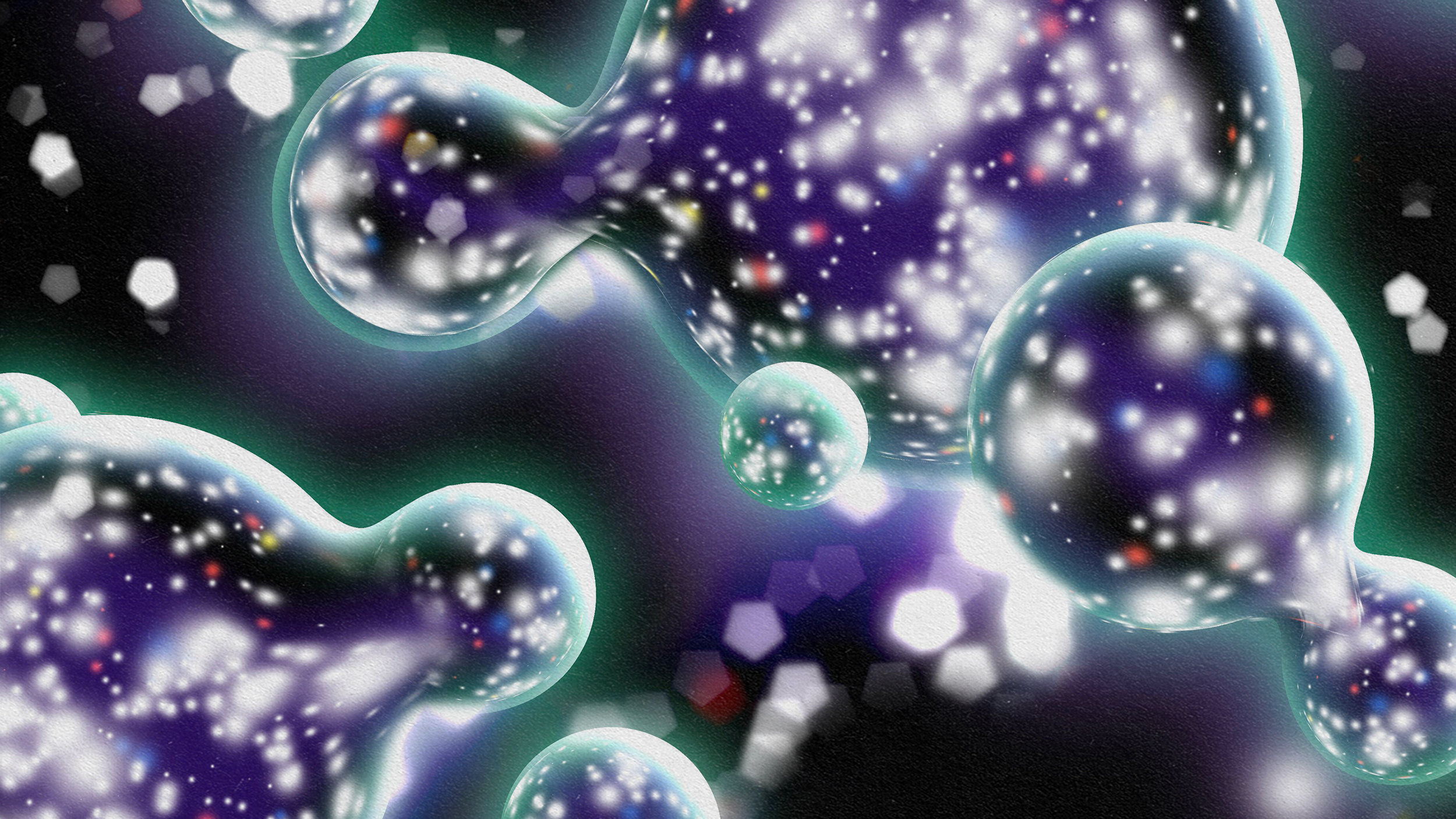How Color Vision Works
Ask any artist to explain how color works, and they will launch into a treatise about the Three Primary Colors: red, blue, and yellow. This would be wrong, says Jason Cohen.
Sign up for Smart Faster newsletter
The most counterintuitive, surprising, and impactful new stories delivered to your inbox every Thursday.
It’s not as simple as saying “any three colors can produce all the others” because that’s clearly not true (by experiment). And it’s not as simple as saying “any three colors will do, they just have to be equally spaced around the color wheel,” because yellow is common to both the painter’s and printer’s wheel, yet the other two primaries differ completely (red and blue are primary in the painter’s wheel but secondary in the printer’s wheel.) TVs and computers are different yet again. If you stand close to a CRT (non-flat-screen), you can see that every pixel (or “dot”) is really three tightly-packed colored phosphors: red, green, and blue.
Sign up for Smart Faster newsletter
The most counterintuitive, surprising, and impactful new stories delivered to your inbox every Thursday.


